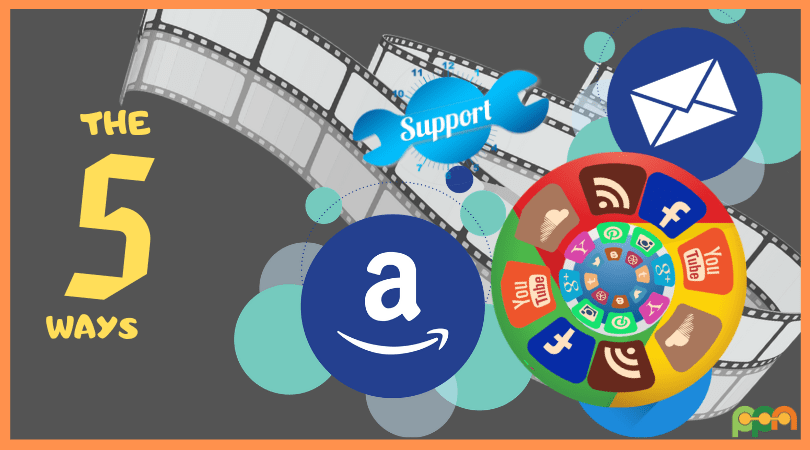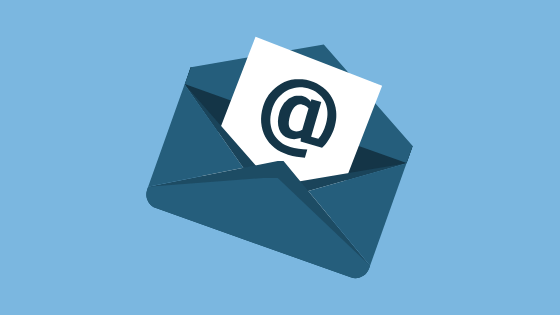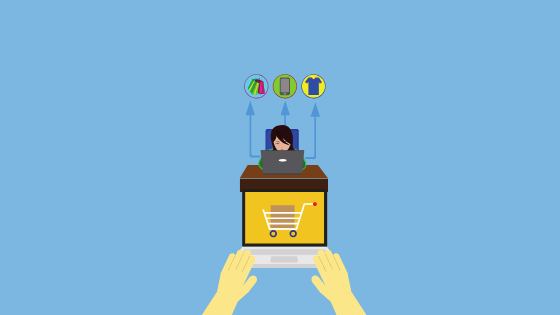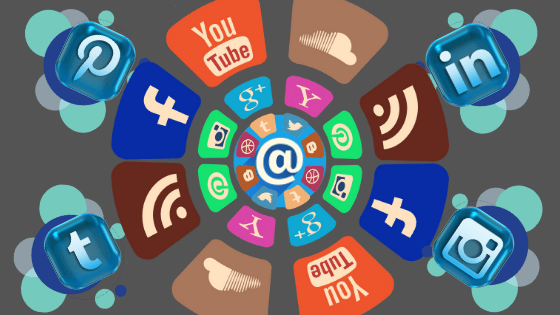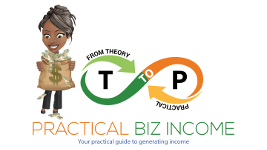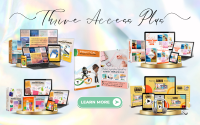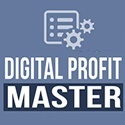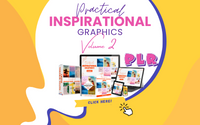For our businesses to succeed, we need loyal paying subscribers that will make our brand profitable for a long time.
But where can we find them?
And if we do find them, how can we connect to them in a way that they’ll stick around?
Well, if you’re looking for ways to connect to your customers and prospects, you need to learn how to use the following:
Emails
When it comes to businesses, electronic mail (or email for short) has always been at the top of the widely used marketing tool list of several online business people. Matter of fact, this is a staple every brand can’t afford to be without because of its wide range of uses.
From sending promotional product offers, job applications, work payslips, event advertisements, software updates, customer queries, and replies to questions for services, communication through this marketing tool is a daily necessity.
For customers, usually, there are three types of emails they can receive, and in some cases send.
- Newsletters. These are emails that are sent to subscribers, which are usually about a certain offer, given to them at an exact date. Most e-commerce companies send these out to retarget audiences who previously signed up to their squeeze pages. Also known as broadcast emails, these are one-sidedly transmitted messages by businesses or brands.
- Autoresponders. It’s very similar to newsletters, however, these are not sent during a specific date but rather at a scheduled time or days after the customer’s subscription to a certain offer. They are usually best used to inform new customers about previously published newsletters of which they have no means of receiving yet because they were not yet subscribers at the time such broadcast emails were published.
- Support Emails. Remember the times you want to report an issue to the website or to the product so you tried looking for their customer service information details? Well, if you use email to address that need, support emails are the kind of emails you normally use. Another thing you should note (Oh! A trivia!) is that most of the email addresses used for this usually contain the word “support” in them so it’s quite obvious.
Whatever type of email it might be, no one can deny that email has a definitive edge when it comes to getting detailed/expert answers. Thus, no matter how many marketing tools there are out there, email is still widely used.
Ads
Just like traditional media, the online market also needs ads for businesses to leave impressions into people’s memory. However, unlike TV, billboards, or magazines, online ads aren’t that expensive.
Since most people are nailed into their mobile phones, laptops, tablets, and computers nowadays, there’s no better way other than promoting your products online too. If you do it right and show it to the proper audience, it will gain more leads and results than traditional media for the same number of impressions.
If you’re interested in knowing how you can also make your own adverts, these are the following ad types you can use.
- Google Ads. Google is a search engine where most people use to find stuff. Whether it’s a product to buy or a service to use, this is everyone’s favorite “go-to” place. So if you’re looking for people to find your business easily, you should be posting an ad or two on this platform.
- Bing Ads. Microsoft Bing ads, or formerly known as Microsoft adCenter and MSN adCenter, promises lower CPCs and greater ROI’s compared to Google ads. Due to their higher-value audience which is not found in Google, you’ll have access to searchers on Bing, MSN, Yahoo, AOL, and other sites powered by Bing.
- Amazon Ads. For those who are unfamiliar with the term Sponsored Products on Amazon, they’re basically ads for products that you sell on Amazon. Simple as that. These are recommended products that they show on the top of the list before the organic searches.
- Facebook Ads. Out of all the ad platforms, this is the most convenient if you’re looking for leads through your social media. Oftentimes, depending on the kind of ad you’ll be making, these can also include impressions on Instagram and Messenger so it’ll be like shooting several birds with one stone.
Social Media Posts
You don’t necessarily have to pay all the time in order for you to have an online presence. There are free platforms you can take advantage of, such as the following:
- Facebook posts. Pages can help expand the reach of your business. Since people rarely go out of Facebook nowadays, schedule or publish some content for your audience. Even though you have no following yet, it’s good to start posting stuff so that people will know that you are there when they might need you.
- Twitter posts. Twitter isn’t just for celebrities posting about random stuff. Businesses also make use of it as an outlet of information for their followers, which are mostly their customers. It’s a free tool so use it.
- LinkedIn posts. If you’re looking for a social media platform that’s well-suited for business owners, LinkedIn is a great tool to use. It has a professional layout that adds credibility to a brand’s profile and is great for promoting your business to other businesses.
- Pinterest posts. This platform is ideal for infographics and featured images that promote some of your site’s content. Usually, people look for images they could share on their social media or information they could use for the content they are making so this is a good chance for making an impression.
- Instagram posts. A lot of platforms like Facebook, Shopify, and other e-commerce sites integrate Instagram posts in different ways. Depending on what you need, Instagram might also be the answer to your business needs.
Video Streaming Platforms
Sometimes, your customers might not be a reader. In that case, you’ll have to put up your game a little bit. You can try offering your products or answering commonly thrown questions through a live session in the following platforms:
- YouTube Live. This user-friendly platform provides a lot of options for both its users and viewers so it’s ideal not only for information and entertainment but also for the expansion of the business community.
- Facebook Live. For those who don’t want to leave the realm of social media, Facebook also offers a live video streaming option. You can now inform your friends with the latest updates about your products and communicate with them by answering some of their comments online.
- Hangouts. For client video calls and YouTube Live video integrations, Google Hangouts is also a great tool to use. A chat feature is also available so it’s one of the apps your gadget needs to have.
- Skype. For group meetings, interviews, and online real-time client conversations, you can never go wrong with Skype. It does not only have videos, voice, and chat features, but it also has a recording option so you can always get back to important conversations you want to remember.
Chats
Chats or instant app messages may also complement your business-to-consumer communication needs. As a brand owner, your clients won’t be able to contact you all the time using the previous ways we mentioned, so it’s also good that you’ll make use of this option.
Whether it’s direct messaging through WeChat, Viber, QQ, Skype, and Messenger, chatting brings several advantages. One is that you can have a quick preview of the previous conversations without the hassle of opening several expandable buttons or sections, which you normally do with emails.
Another is that the messages from the same person are already clustered collectively in one conversation so your focus on that person’s needs will not be lost.
All of these methods of communicating with customers and potential ones have different outcomes for different businesses and brand so the results you will be getting from them varies all the time. However, even with all of these methods at hand, you might still lose a handful of customers because of one reason — speedy response.
Yes, no matter how fast your typing speed is, you won’t be able to cope with them all. And even if you do, you won’t be available all the time to be off their service always. What’s worse is that some might not understand this normal handicap so it might affect the reviews they give to your business.
Note that there’s a massive upside to providing speedy response times if you wait just five minutes to respond after a lead first reaches out, there’s a 10x decrease in your odds of actually getting in touch with that lead. After 10 minutes, there’s a 4x decrease in your odds of qualifying that lead.
Chatbots can provide simultaneous instant replies to your customer’s orders and questions 24/7 without your total intervention. This will take you off from the hassle of slow response complaints. If built right, it can also give your customers the satisfaction of addressing their needs.
If you want to learn more about how to set up the right chatbots for your business, check out our offer now!
